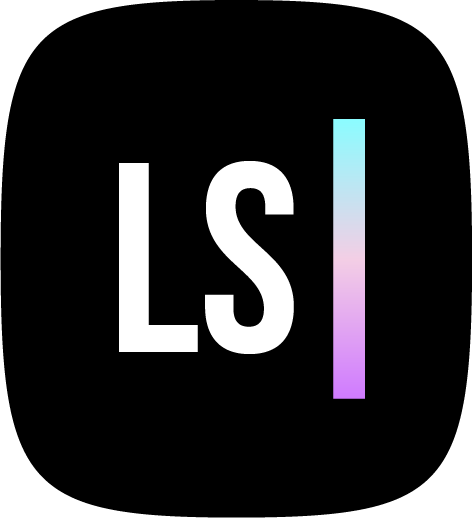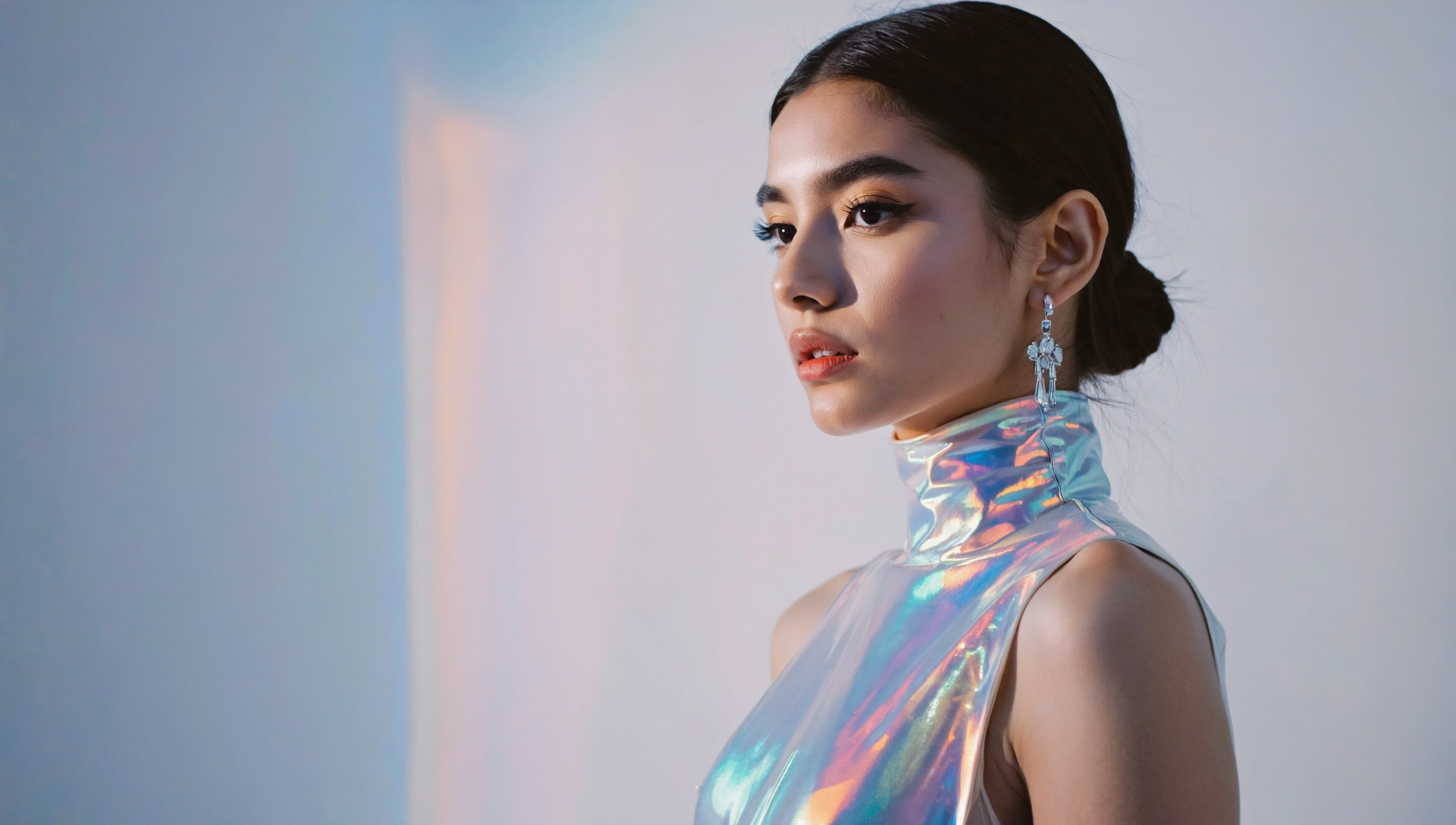For many years, brands have relied on animated mascots and illustrated characters – think Toucan Sam, the Energizer Bunny, or the Michelin Man – to create a recognizable brand identity. But in today’s digital age, influencers have quickly become some of the most powerful voices on social media, shaping trends, building trust, and driving engagement with audiences globally.
With the rise of artificial intelligence, the concept of AI-powered virtual influencers has emerged as the next step in this evolution. These virtual personalities combine the charm and familiarity of traditional mascots with the influence and vast reach of modern digital creators, captivating followers in ways we haven’t seen before.
From high-fashion campaigns to brand partnerships, these AI influencers are taking over social media feeds, blurring the lines between the digital and real worlds. But what is an AI influencer, why are people so fascinated by them, and how do they stack up against human creators? We explore these questions (and more), in this blog post.
What Are AI Influencers?
“What is AI influencer” is the question on many people’s minds. Simply put, AI influencers are computer-generated characters designed to look and act like real people. They are created using CGI, machine learning, and complex algorithms that enable them to engage with audiences, produce content, and even promote products or services across social media.
These virtual personas are managed by creative teams that give them unique personalities, backstories, and brand partnerships. Whether it's a futuristic cyber model or a hyper-realistic Instagram star, AI influencers have distinct aesthetics and curated online personas. They don’t eat, sleep, or age, yet they interact with fans just like human influencers do.
The Psychology Behind AI Influencers
AI influencers tap into deep psychological and emotional responses that drive human behavior, playing on key triggers that make them highly compelling.
The Fascination with Perfection
One of the main reasons people follow AI influencers is the appeal of perfection. Unlike humans, AI influencers are not burdened by imperfections or mistakes, making them seem untouchable and idealized. Their appearance, personality, and actions are always curated to perfection, which creates an allure for audiences who are drawn to the idea of an unattainable, yet captivating digital persona. This fantasy-like quality mirrors the attraction to celebrities who seem out of reach but in a more polished form.
Escapism and Relatability
Despite their perfection, many AI influencers are designed to feel approachable, engaging with followers in a way that encourages interaction. This creates a unique blend of escapism and relatability. Users are not only captivated by their digital beauty but also by their ability to communicate, express emotions, and seem like an actual person. They act as a safe space for followers to escape to, offering an idealized version of reality that feels comfortable and fun.
The Desire for Novelty and Innovation
There is a natural human fascination with innovation, and AI influencers satisfy this craving in a big way. These digital personalities are often perceived as part of the cutting edge of technology, which taps into people's curiosity about the future and what’s next. Following an AI influencer feels like being part of something new and exciting, giving audiences the feeling of being at the forefront of digital evolution.
Parasocial Relationships
AI influencers also leverage parasocial relationships, which are one-sided bonds that people form with media figures. While followers may never meet their favorite AI influencer in person, the regular, consistent content they consume creates a feeling of intimacy and connection. This parasocial dynamic can make followers feel as if they know the AI influencer personally, trusting them and being invested in their virtual journey.
By understanding the psychology behind AI influencer popularity, we can see why these digital personalities are becoming a mainstay in the social media world. They tap into deeply ingrained human emotions, behaviors, and desires, making them a powerful force in shaping digital culture.
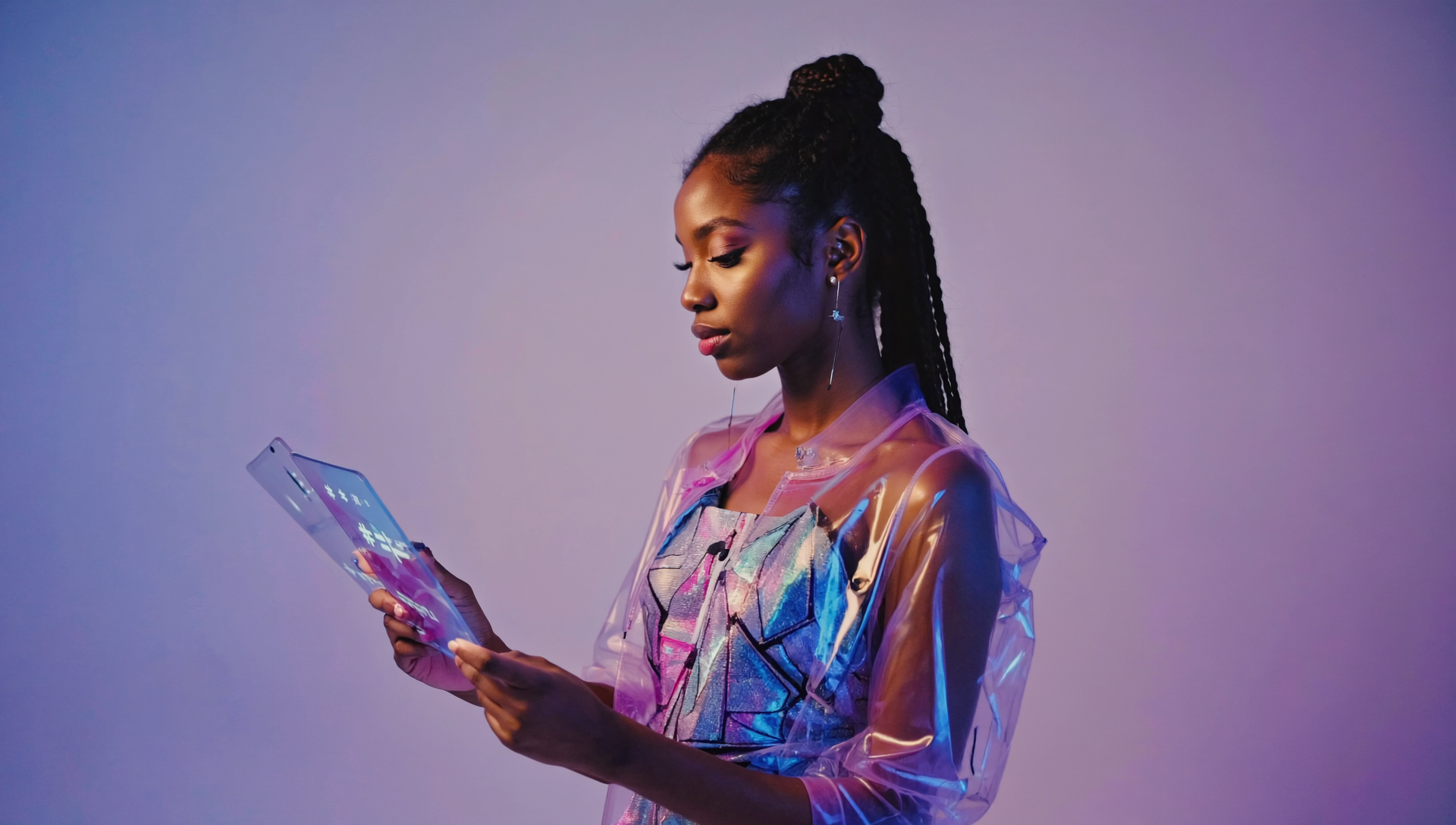
The Appeal of AI Influencers for Brands
You might be wondering what AI influencers are used for, and why are brands rushing to work with them. Surely there are enough human influencers out there, considering that 5.24 billion people worldwide are active on social media. Well, in the same way that brands leverage human influencers for marketing campaigns, fashion editorials, music videos, and even activism, they do the same with AI influencers. The key difference is that AI influencers have more consistency, control and marketing potential. Here’s a breakdown of why they are so appealing to brands.
- Flawless branding – AI influencers never have bad days or public scandals.
- Reliable – They deliver perfectly crafted messages every time. No “I’m sorry I wasn’t able to get to that” excuses.
- Cost-effective – Although creating an AI influencer requires investment, they don’t require travel expenses, makeup artists, or accommodations like human influencers.
- Customizable & scalable – AI influencers can be tailored to specific campaigns, cultures, or trends.
- Global Reach, 24/7 Presence – AI models can be in multiple locations at once, engaging audiences worldwide without time zone limitations.
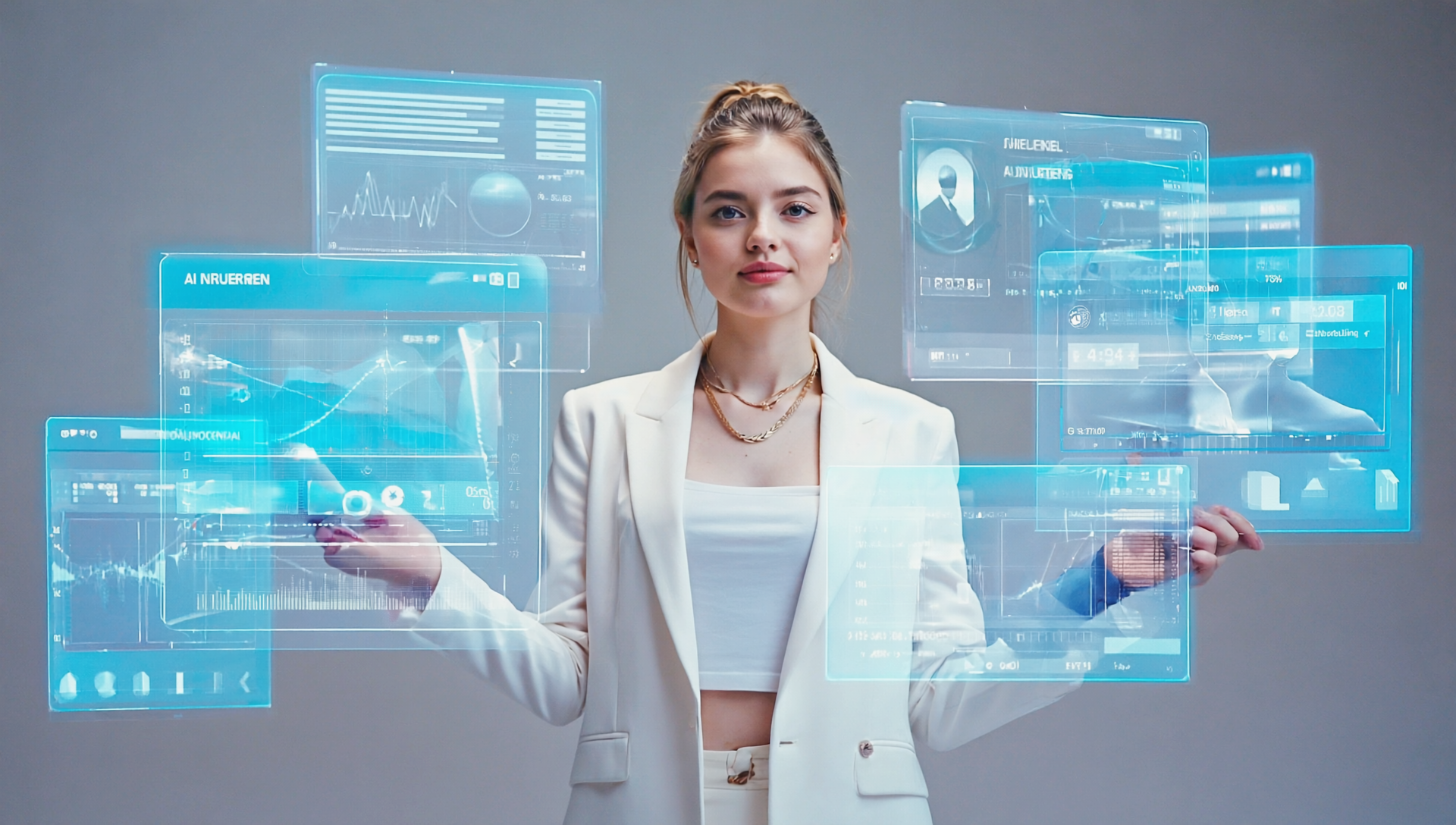
How Do AI Influencers Work?
AI influencers may seem like independent digital personalities, but they rely on a complex blend of technology and human oversight to function. While they appear to interact with audiences effortlessly, every post, comment, and collaboration is carefully crafted behind the scenes.
The Technology Behind AI Influencers
AI influencers are created using a combination of cutting-edge technologies, including:
- CGI & 3D Modeling – Their visuals are crafted through sophisticated rendering software, turning a basic digital avatar into a lifelike character. Every detail, from facial expressions to outfit textures, is meticulously designed to make them appear as human as possible.
- Machine Learning & AI Algorithms – More advanced AI influencers use natural language processing (NLP) to interact with followers. They can generate text-based responses that mimic human conversation, making them seem more "real" and relatable.
- Deepfake Technology – Some AI influencers leverage deepfake-style techniques to animate their faces realistically, making them appear to "speak" in video content. This technology is also used to generate realistic lip-syncing and facial expressions for social media content.
- Voice AI – While many AI influencers only exist in images and text, some have AI-generated voices that can narrate videos, interact in live streams, or even record brand endorsements.
How AI Influencers Are Managed
While they may appear autonomous, most AI influencers are still managed by people behind the scenes. A team of human creators manages their day-to-day activities, ensuring they stay relevant and aligned with their brand identity. This process includes:
Content Creation & Strategy – Designers, writers, and social media strategists plan and create their posts, captions, and overall aesthetic. Every campaign, from a simple Instagram post to a major brand collaboration, is pre-planned and scheduled like a traditional influencer.
Community Management – While AI influencers can be programmed to reply to comments, many of their responses are still curated by humans. Teams monitor engagement, tweak automated replies, and ensure the influencer maintains a consistent personality.
Brand Collaborations – AI influencers don’t negotiate deals themselves. Human managers handle partnerships, decide on pricing, and ensure that brand collaborations align with the influencer’s persona.
Algorithm Optimization – Just like human influencers, AI influencers must stay relevant in an ever-changing social media landscape. Teams analyze data, adjust posting schedules, and tweak engagement strategies to keep them trending.
So although currently AI influencers are not fully independent, as AI technology evolves, we might see these digital personas becoming more self-sufficient, capable of generating their own content, analyzing audience preferences, and even making real-time decisions on collaborations.
Popular AI Influencers
AI influencers are not just theoretical—they already exist and have millions of followers! Perhaps you’ve even seen one in your feed without realizing.
So, what is an AI model Instagram? It refers to AI-generated personalities that exist on the platform, engaging audiences through curated content, brand collaborations, and even social activism.
But what is a virtual AI model? A virtual AI model is a computer-generated character designed to look and act like a real person. These models use AI to create lifelike images, interact with followers, and even develop distinct personalities.
Lil Miquela (@lilmiquela) – A virtual AI model with over 2.5 million Instagram followers, known for her activism, music, and fashion collaborations.
Shudu (@shudu.gram) – Dubbed the world’s first digital supermodel, Shudu is a CGI creation representing elegance and high fashion.
Imma (@imma.gram) – A pink-haired AI model Instagram fans love for her edgy style and futuristic aesthetics.
Noonoouri (@noonoouri) – A virtual AI model who has worked with luxury brands like Dior and Valentino.
These AI personalities each have their own narratives, opinions, and social causes they support. Some even interact with their audience in a way that makes them feel real. Check out their social media profiles and see for yourself.
Challenges and Ethical Concerns
Sounds great, right? Well, despite their advantages, AI influencers do come with their share of challenges.
- Transparency Issues – Should AI influencers disclose that they are not real? Some users feel deceived when they discover a beloved digital personality isn’t human.
- Lack of Authenticity – Human influencers connect with audiences through real experiences, emotions, and imperfections. Can AI truly replicate that?
- Ethical Dilemmas – Who is accountable if an AI influencer promotes a harmful product or spreads misinformation?
- Impact on Human Jobs – As AI influencers rise, will real-life models and content creators face fewer opportunities?
It’s clear to see that the balance between creativity and ethical responsibility will shape the future of AI-driven influence.
Will AI Replace Real Creators?
While AI influencers offer undeniable advantages, human influencers still hold key strengths, such as:
- Authenticity & Relatability – Real people share personal experiences, struggles, and triumphs that AI influencers can’t genuinely replicate.
- Live Interactions – AI influencers can only simulate engagement, while human influencers can participate in live streams, events, and unfiltered conversations.
- Creative Input – While AI influencers rely on teams for content, human influencers bring their own unique ideas and personal touch to every post.
Rather than replacing real creators, AI influencers may complement them, leading to a hybrid industry where both digital and human personalities thrive.
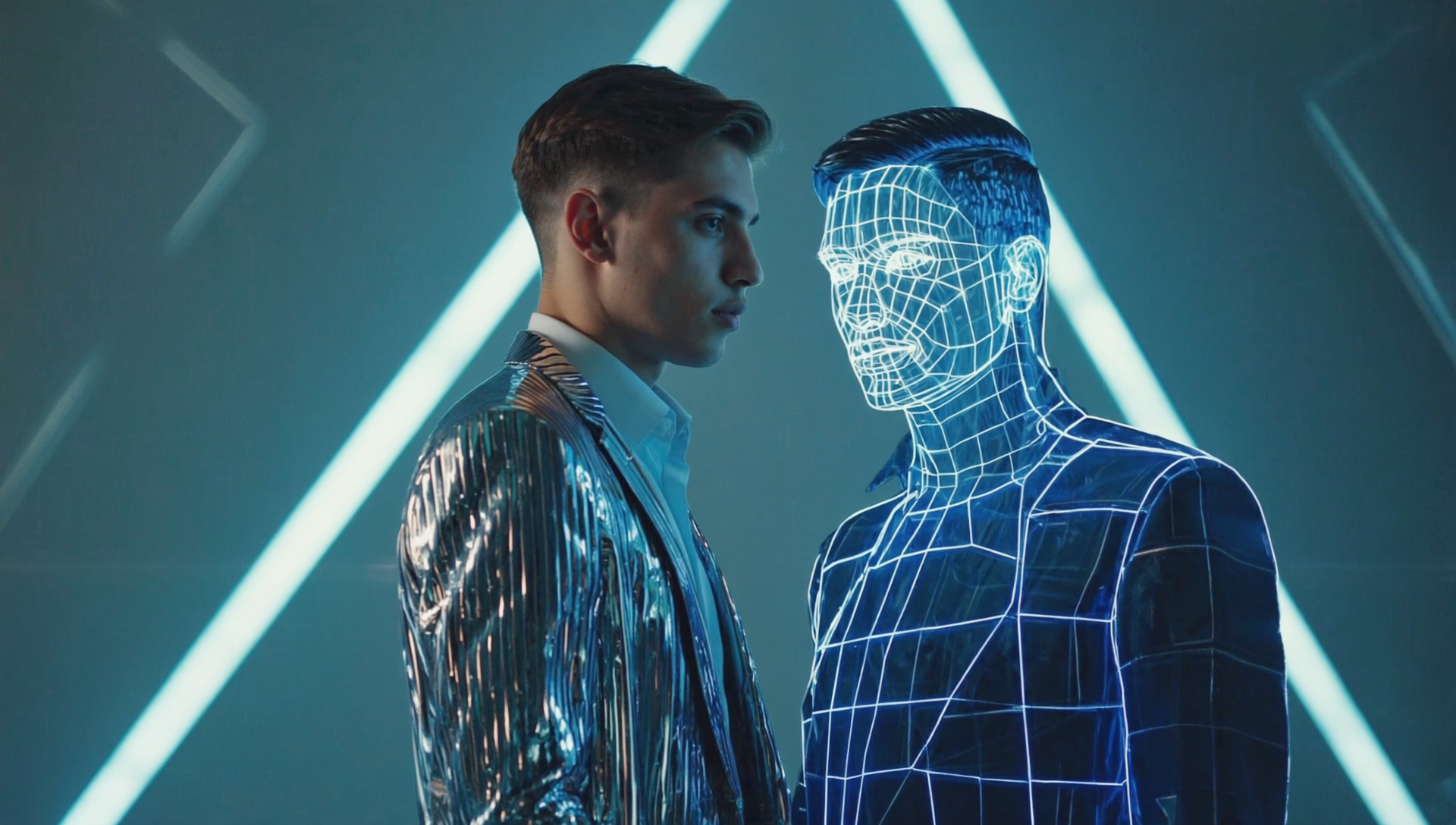
The Future of AI Influencers
The AI industry is evolving rapidly, with exciting trends on the horizon.
AI-human collaborations are expected to become more common, with AI influencers teaming up with human creators for joint campaigns. This fusion of technology and creativity could redefine digital marketing, bringing a new level of engagement to audiences.
Advanced interactivity is also on the rise. Future AI influencers may leverage deep learning to create highly personalized interactions, tailoring content and responses to individual users in ways never seen before.
The fashion and events industry is another area where AI models could make a significant impact. Virtual fashion shows and brand activations in the metaverse may become a norm, with AI influencers dominating digital runways and redefining the way brands present their collections.
The Digital Age of Influence
When it comes to answering the question, “What is an AI model on Instagram, really?” The answer is more complex than just a digital avatar. AI influencers are an intriguing blend of innovation, creativity, and regulation, with endless possibilities for how they integrate into the digital landscape. They are reshaping the creator economy in more ways than one.
It’s important to remember that the future of AI isn’t about robots vs. humans. It’s about how both can coexist in a world where creativity knows no bounds. There’s so much potential for both to thrive, rather than just one versus the other. As technology continues to evolve, we may find ourselves engaging with “people” who are neither human nor machine, but something entirely new.
If the idea of AI-driven personalities excites you, why not try creating your own? Whether you’re interested in building an AI influencer or exploring how digital characters can foster new connections, platforms like Lovescape make it easy to bring your vision to life. With just a few steps, you can design a character with a unique personality, ready to engage in a world where technology and human imagination intertwine.
